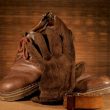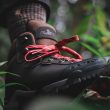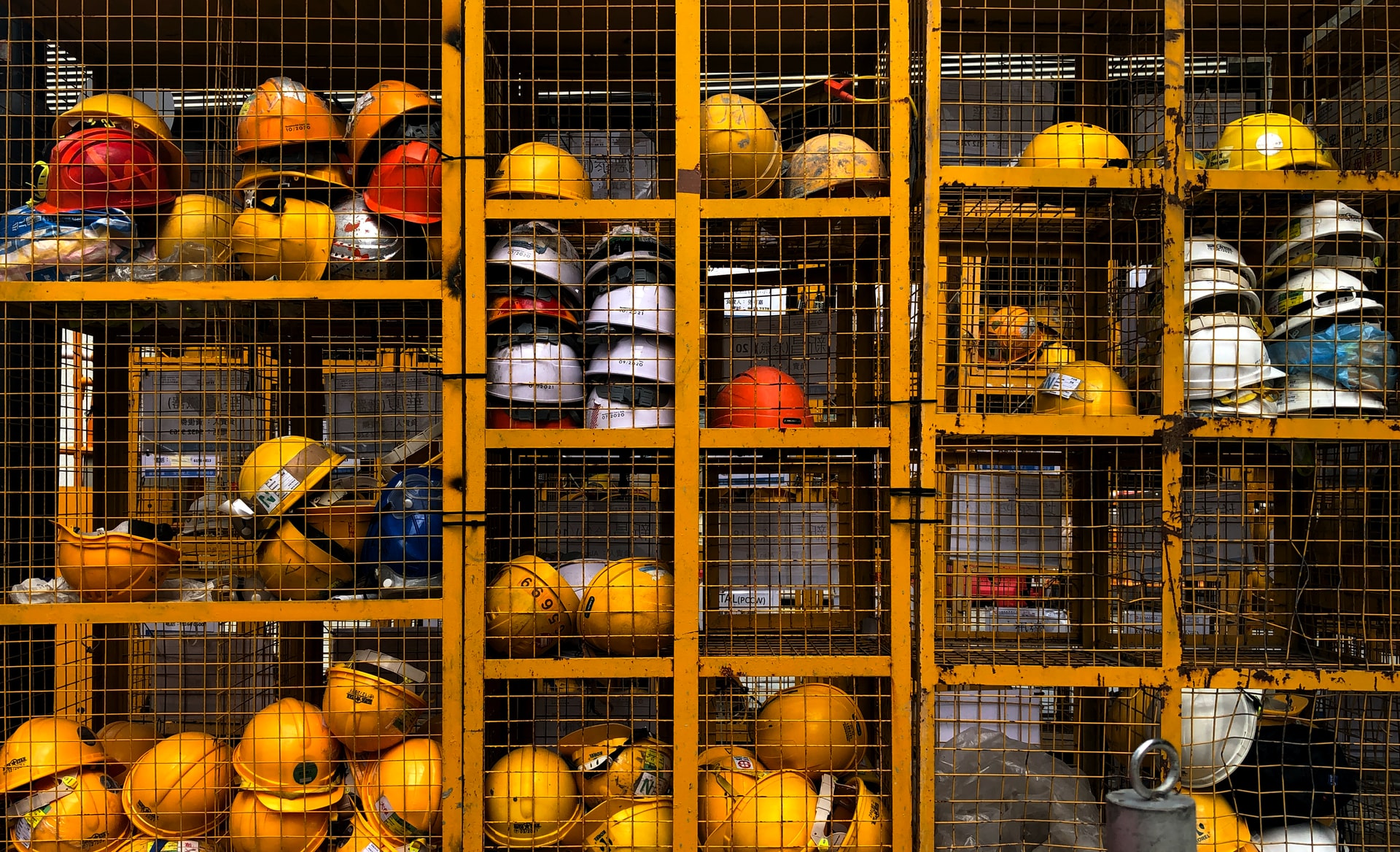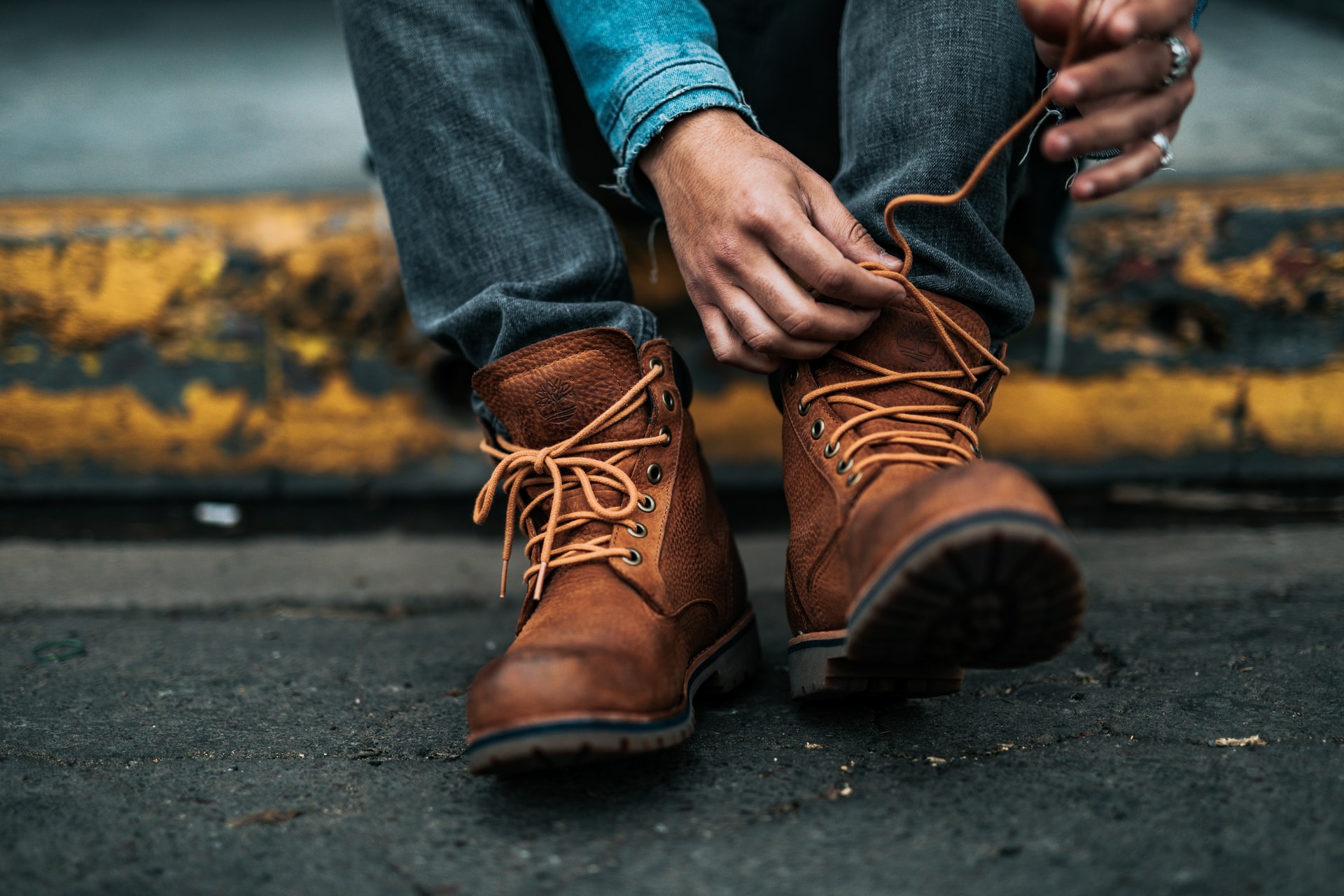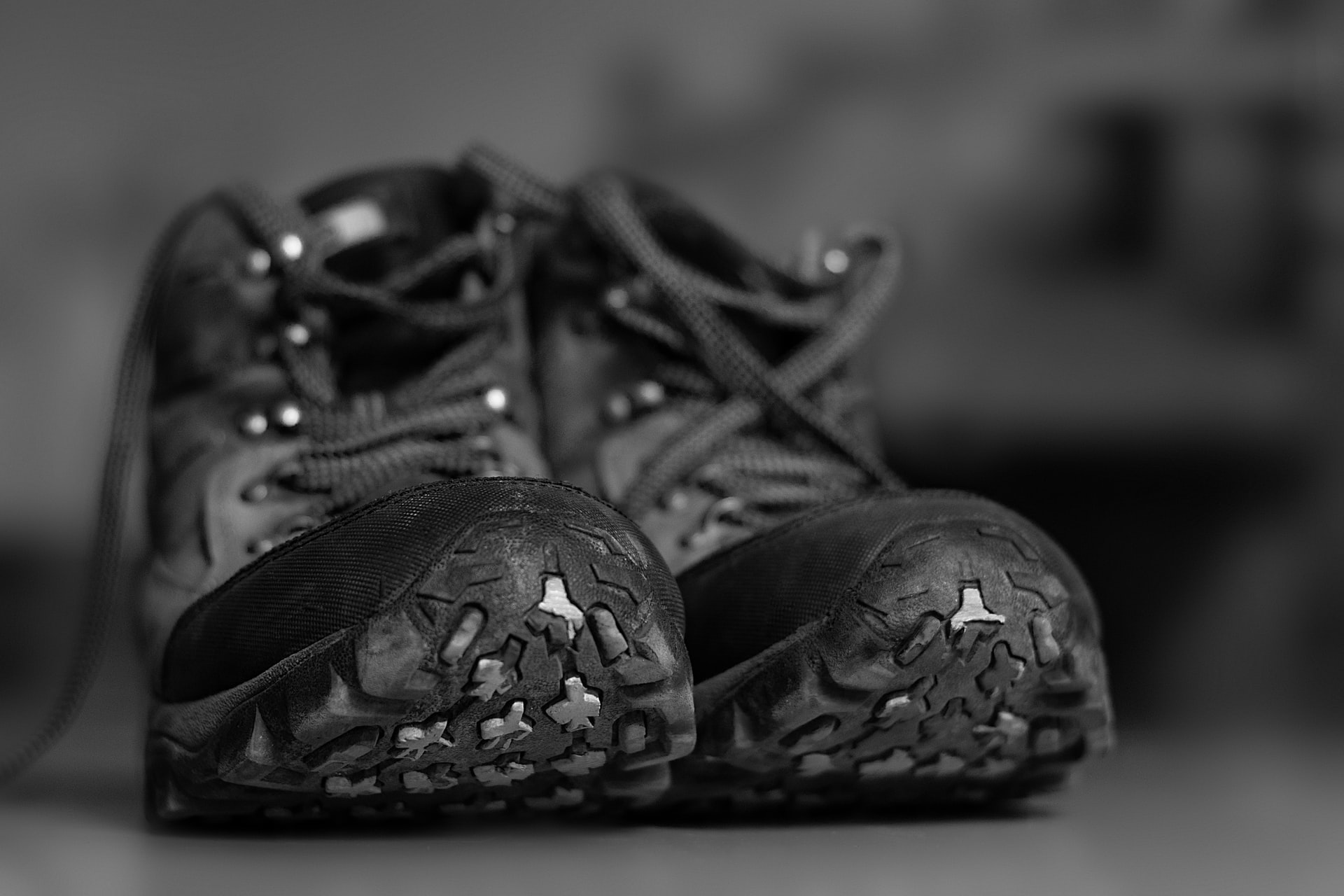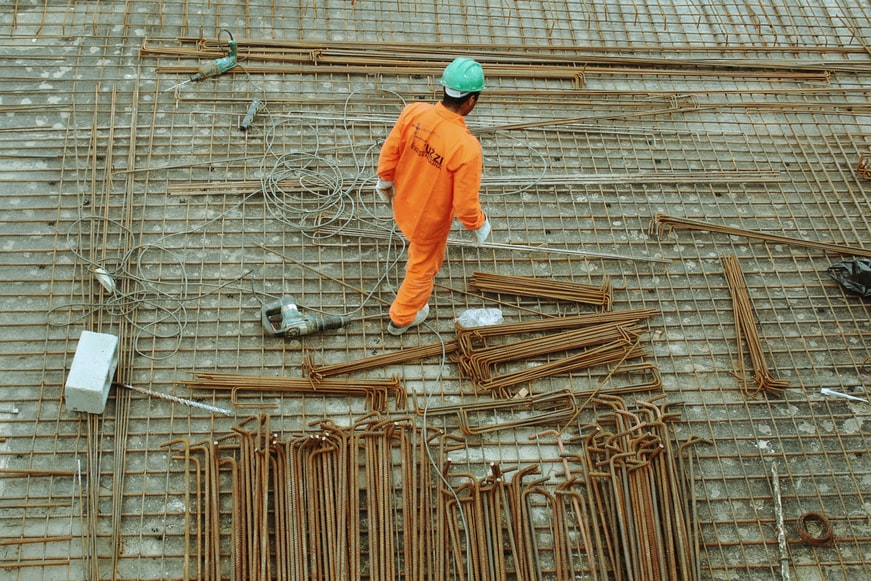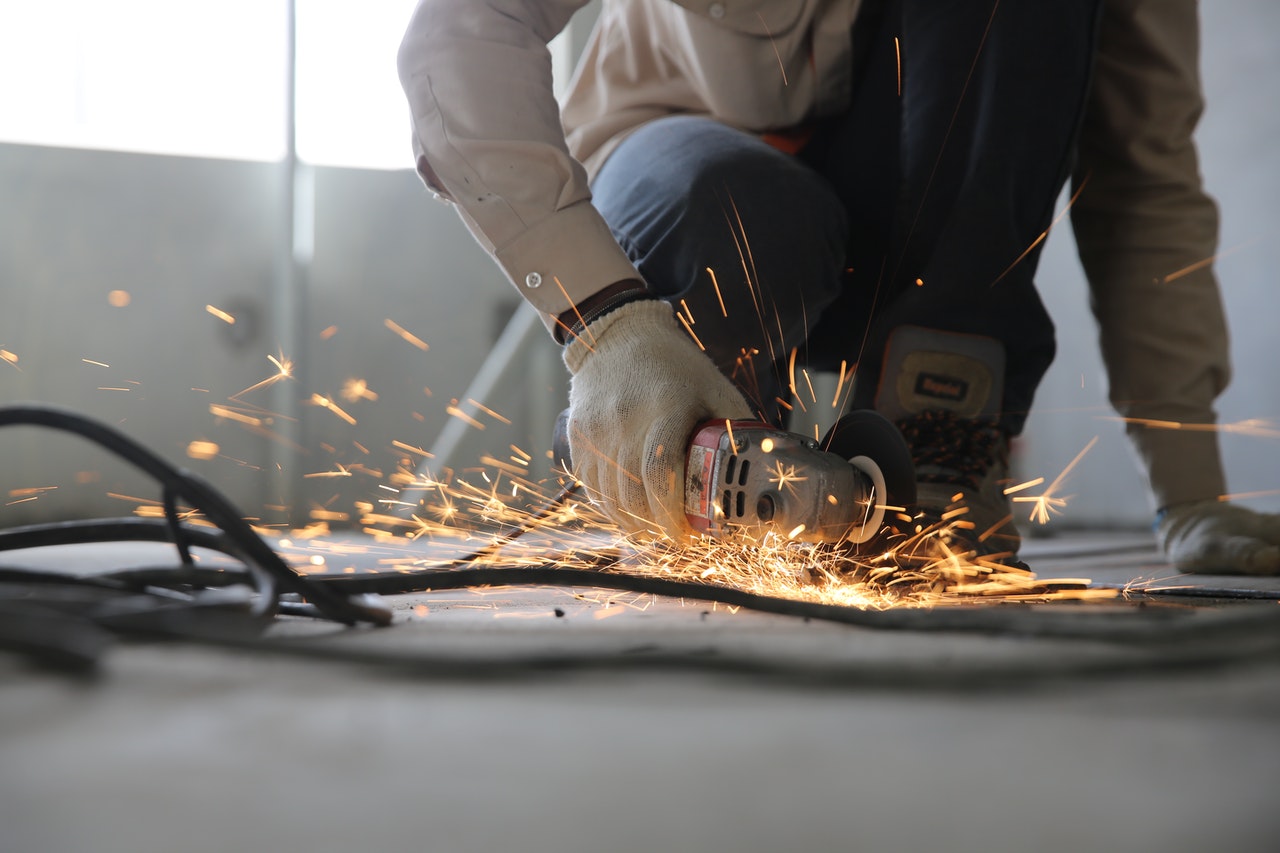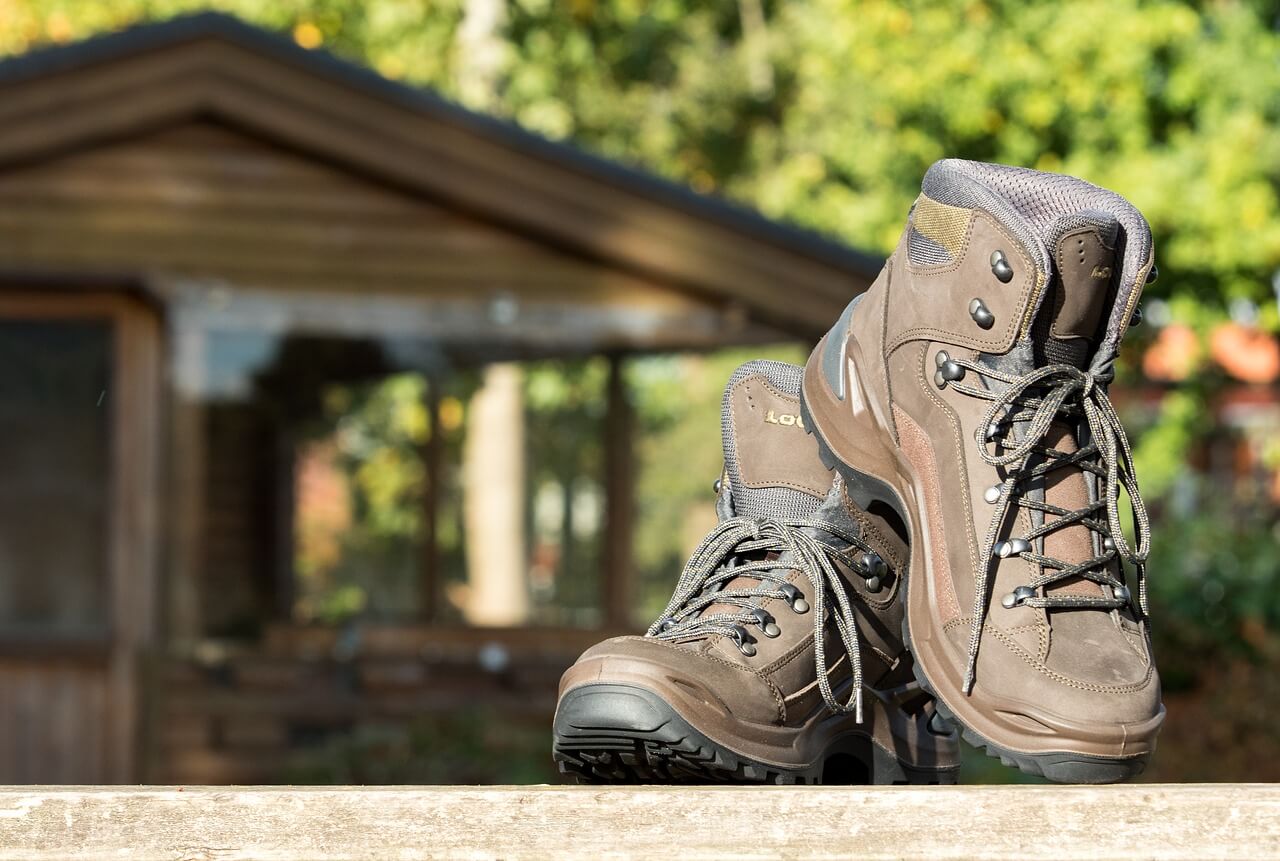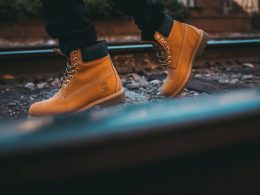Workwear Guru is reader-supported. When you buy through links on our site, we may earn an affiliate commission. Learn more
Industrial and construction work are injury-prone work environments that can’t do without the help of Personal protective equipment (PPE) to minimize the risks of serious incidents. Moreover, the head being the first point of contact with falling debris from heights, it stands for one of the most common injuries recorded in workplace environments. In 2019 alone, the U.S. Bureau of Labor Statistics recorded 79,620 head injuries in their Survey of Occupational Injuries.
These statistics highlight the importance of using hard hats as a crucial piece of equipment for protecting the head from falling debris, tools, materials from a building, or scaffolding parts. These can cause serious injuries to the head, especially if they fall from greater heights, therefore workers must ensure that they are wearing their hard hats and that they are wearing them properly.
Regulations
In order to create the safest working environment, construction sites and workers need guidelines that specify when to use hard hats, which type is needed in each industry, and other valuable regulations for increasing safety.
In the U.S. hard hats should comply with Occupational Safety and Health Administration (OSHA) and the American National Standards Institute (ANSI) regulations. Regulations are separate for hard hat use among industry workers and for those in the construction industry. These specify which type and class of hard hats should be worn in hazardous working conditions, the impact, penetration, and electrical shock requirements for the hat’s design, and the inspections and testing that they should undergo in order to ensure that they meet said standards.
Proper Way to Wear a Hard Hat
Construction and industry work require that each worker takes responsibility for their safety, which includes taking measures to properly wear and use protective equipment and gear. Based on regulations and specifications, we can draw on some of the dos and don’ts of wearing hard hats:
Dos
- Inspect the hat before assembling and wearing it in order to ensure that it’s not damaged.
- Wear the hat with the bill of the cap pointing toward the front of the hat. This part is more elongated so it protects your forehead as well.
- Regularly check the shell for possible damage such as cracks, dents, or holes and replace it if it’s damaged.
- Adjust the hat’s suspension according to your needs and make sure it doesn’t move or fall off while you work.
- Wear the hard hat directly over your head and not pushed back so it covers the entirety of your head.
- Replace the hard hat if an object falls on it and damages it.
- If you are wearing a hat with chinstraps, make sure that it is placed around both ears and is well-secured so the hat doesn’t fall off.
Don’ts
- Avoid dropping or throwing the hard hat in order to minimize damage and prolong its life.
- Don’t store items between the hard hat’s shell and the suspension system, as this may cause pressure points and affect the protection capabilities of the hat.
- Avoid painting, engraving, or using stickers on the hat’s shell since the chemicals from the paint can degrade the plastic, and covering its surface can make it more difficult to assess damage to the hat.
- Don’t store your hat in direct sunlight or expose it to extreme heat as this can also degrade and weaken its material quicker than its intended expectancy.
The Right Fit
Whether you are working for long hours or just paying a short visit to a construction site, it is crucial to ensure that your head protective gear fits right. A properly fitting hard hat means that the chances of it slipping or falling from your head are unlikely, so it will correctly perform its function of shielding against falling objects and other obstructions.
Its main function of protecting the head from injuries doesn’t mean that you should compromise comfort. If you experience skin abrasions or irritation of any kind, this may be a sign that your hard hat may be tight-fitting and you need to either switch sizes or adjust its suspension.
Air should also flow freely between the shell and the suspension system of the hat, so that moisture from sweat doesn’t trap in the head. The shell should cover the entire head and it should always be worn with the bill facing forward to protect your forehead.
Styles
While they may look quite similar and ultimately share the same function of protecting the head, hard hats come in different styles that are designed with different workplace markets in mind. Be it for construction, mining, oil and gas industries, or high-voltage environments, there is a style of hard hats suitable for each. Moreover, some hats even allow you to showcase your unique style as in the case of cowboy hard hats. Depending on your industry and the OSHA requirements for it, here are some of the styles you will be choosing from.
The two main and most common styles for hard hats are the cap style hard hats and full brim hard hats. Caps have a front brim with a rolled edge that protects the head, forehead, and part of the face, whereas the full brim hats have a wider brim that covers the head, face, nose, ears, and neck. Apart from these two styles, you will also encounter some of the following:
- Bump caps
- Carbon fiber hard hats
- Clear hard hats
- Vented hard hats
- Side impact hard hats
- Slotted hard hats
- Cowboy hard hats
- Matte hard hats
- High visibility hard hats
- Mining hard hats
- Phosphorescent hard hats
- Preassembled hard hats
Accessories
Hard hats typically come in only two components: the shell and the suspension system. This is the base of the hat, which can then contain accessory slots for attaching accessories that are suitable to the hat’s design and to the manufacturer’s guidelines.
These accessory slots are designed for attaching other protective equipment such as face shields, integrated eyewear, hearing protection (earmuffs), lamps, neck covers, respiratory protection, reflective accessories, and those for welding. Furthermore, workers often need additional accessories that complement the weather and work conditions:
Hard Hat Summer Accessories
Accessorizing your hard hat for the hot and humid temperatures of the summer months can be a smart choice to make in order to avoid overheating during long work hours. It is important for each accessory to comply with safety regulations so it does not compromise the effectiveness of the hard hat. Some safe and appropriate accessories include hard hat liners for summer, neck shields for the sun and front sun shades, cooling sweatbands, brow paddings, and other cooling products.
We recommend avoiding wearing baseball caps or other accessories that lift up your hard hat since this compromises its effectiveness and stability. Moreover, avoid any accessories with studs or other metal components (baseball caps included) due to the fact that they can cause an injury if an object falls and pressures the metal into your head.
Hard Hat Winter Accessories
Winter temperatures often call for an extra layer to protect your head from the cold, but this can get quite tricky since regular beanies tend to lift the hat off and compromise the hard hat’s stability.
To ensure that you are protected both from harsher weather and injuries, stick to hard hat beanies made of thermal and insulating materials that are thinner and made specifically for this PPE. Winter liners, balaclavas, and other similar thinner layers are usually more appropriate for hard hats as well. Some will also include an integrated mouthpiece to shield you from the cold. When you layer winter accessories underneath your hat, make sure to inspect that it remains stable and is safe to use.
Hard hats are a crucial piece of equipment to shield you from workplace injuries, but it is important that you wear them properly so you don’t weaken their effectiveness. By complying with the set regulations and guidelines, making sure your hat fits nicely, choosing the right style and accessories, you will be taking all the precautions for staying injury-free.



